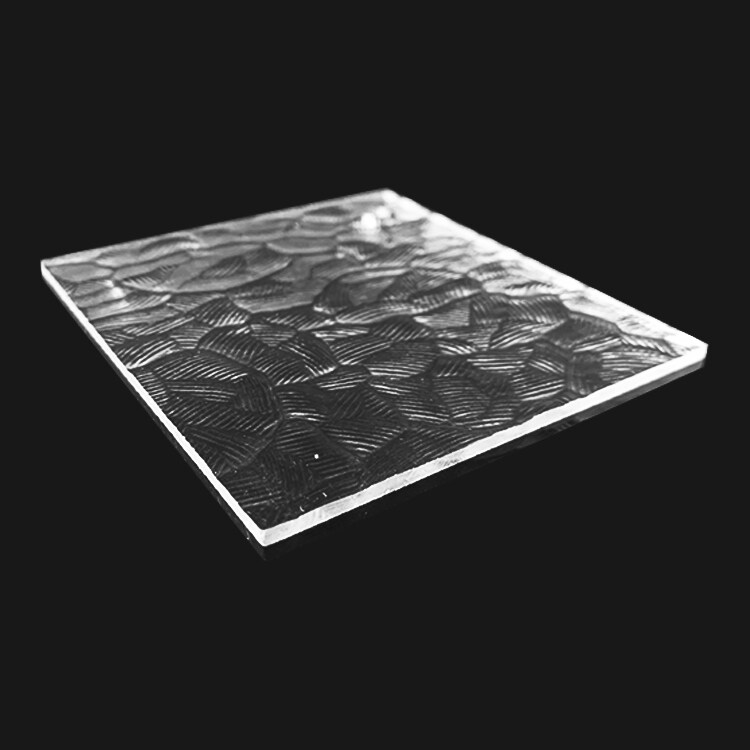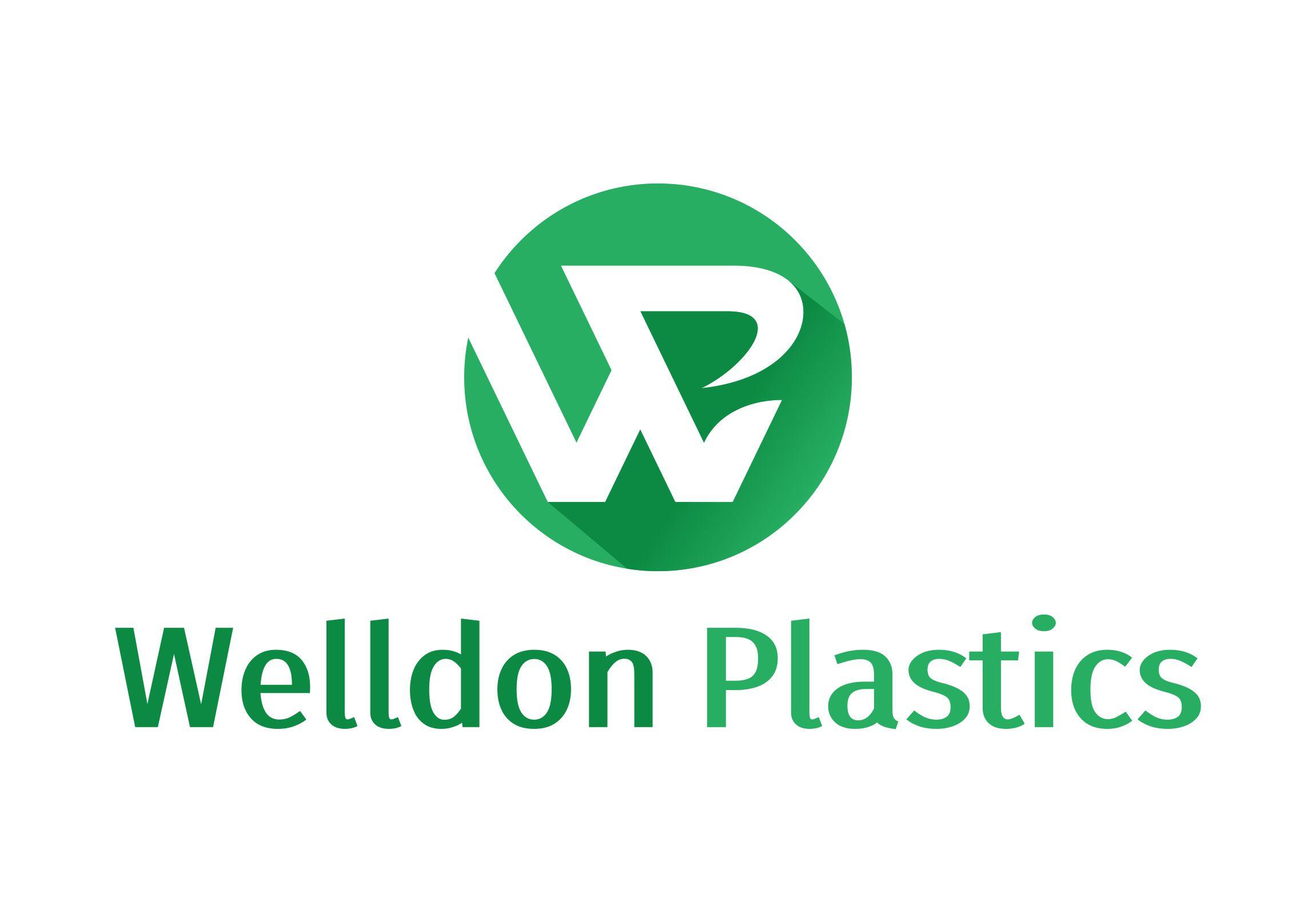Email format error
Email cannot be empty
Email already exists
6-20 characters(letters plus numbers only)
The password is inconsistent
Email format error
Email cannot be empty
Email does not exist
6-20 characters(letters plus numbers only)
The password is inconsistent

News

Exploring the Versatility and Brilliance of Clear Acrylic Sheets
In the realm of modern materials, clear acrylic sheets stand out as a versatile and brilliant option that has found its way into numerous industries and applications. From art installations to engineering marvels, these transparent wonders have captured the imagination of designers, architects, and creators alike. Let's dive into the fascinating world of clear acrylic sheets and uncover their myriad uses, properties, and advantages.
Understanding Clear Acrylic Sheets
Clear acrylic sheets, also known as acrylic glass or simply acrylic, are thermoplastics derived from acrylic acid or related compounds. Their clarity, strength, and versatility make them an ideal substitute for glass in many applications. The manufacturing process involves the polymerization of acrylic ester monomers, resulting in transparent sheets with exceptional optical clarity.
The Advantages of Clear Acrylic Sheets
1. Transparency and Optical Clarity: One of the most striking features of clear acrylic sheets is their transparency. They offer excellent optical clarity, allowing light to pass through with minimal distortion. This property makes them invaluable for applications where visibility is paramount, such as museum displays, retail showcases, and protective barriers.
2. Lightweight Yet Durable: Despite being lightweight, clear acrylic sheets are remarkably durable. They are resistant to impact, shattering, and extreme weather conditions, making them an excellent choice for outdoor signage, architectural glazing, and protective covers.
3. Versatility in Design: Clear acrylic sheets can be easily shaped, molded, and fabricated to suit diverse design requirements. Whether you need curved panels, intricate cutouts, or seamless joins, acrylic offers endless possibilities for creative expression.
4. UV Resistance: Unlike traditional glass, clear acrylic sheets are inherently UV-resistant, making them ideal for applications exposed to sunlight. They are commonly used for outdoor signs, skylights, and greenhouse panels, where prolonged exposure to UV radiation is a concern.
5. Chemical Resistance: Acrylic sheets exhibit excellent resistance to many chemicals, including acids, alkalis, and solvents. This property makes them suitable for laboratory equipment, chemical storage containers, and industrial enclosures where chemical exposure is a consideration.
Applications of Clear Acrylic Sheets
1. Architectural Glazing: Clear acrylic sheets are widely used in architectural glazing applications, including windows, partitions, and canopies. Their lightweight nature, combined with exceptional clarity and weather resistance, makes them an attractive choice for modern building designs.
2. Retail Displays and Signage: In the retail sector, clear acrylic sheets are favored for their ability to showcase products effectively while providing protection against dust and tampering. From jewelry displays to point-of-sale signage, acrylic offers a sleek and professional aesthetic.
3. Art and Design: Artists and designers often incorporate clear acrylic sheets into their projects due to their versatility and aesthetic appeal. Whether it's creating sculptures, light installations, or custom furniture pieces, acrylic serves as a blank canvas for artistic expression.
4. Medical and Healthcare: Clear acrylic sheets are utilized in various medical and healthcare applications, including protective barriers, equipment enclosures, and medical device components. Their hygienic properties, coupled with ease of cleaning and disinfection, make them indispensable in healthcare settings.
5. Automotive Industry: Acrylic sheets find application in the automotive industry for manufacturing components such as headlight lenses, dashboard panels, and interior trim pieces. Their optical clarity and impact resistance enhance safety and aesthetics in automotive design.
Environmental Considerations and Sustainability
While clear acrylic sheets offer numerous benefits, it's essential to consider their environmental impact and sustainability. Acrylic is a type of plastic, and like all plastics, it raises concerns about resource depletion, pollution, and end-of-life disposal. However, advancements in recycling technologies and the development of bio-based acrylic alternatives are promising steps towards mitigating these concerns.
Conclusion: Embracing Innovation with Clear Acrylic Sheets
In conclusion, clear acrylic sheets represent a remarkable fusion of innovation, versatility, and functionality. Their transparent brilliance has transformed the way we design, create, and experience the world around us. From architectural landmarks to everyday objects, acrylic continues to push the boundaries of possibility, inspiring creativity and shaping the future of design and engineering. As we navigate towards a more sustainable future, the versatility and adaptability of clear acrylic sheets will undoubtedly play a vital role in shaping our built environment and enriching our lives.

